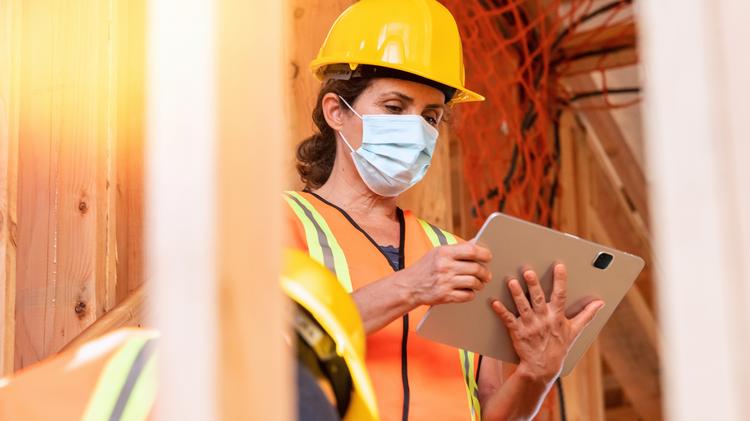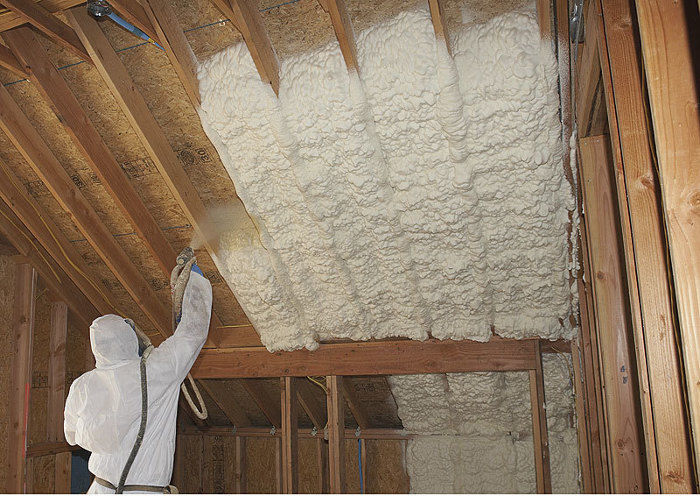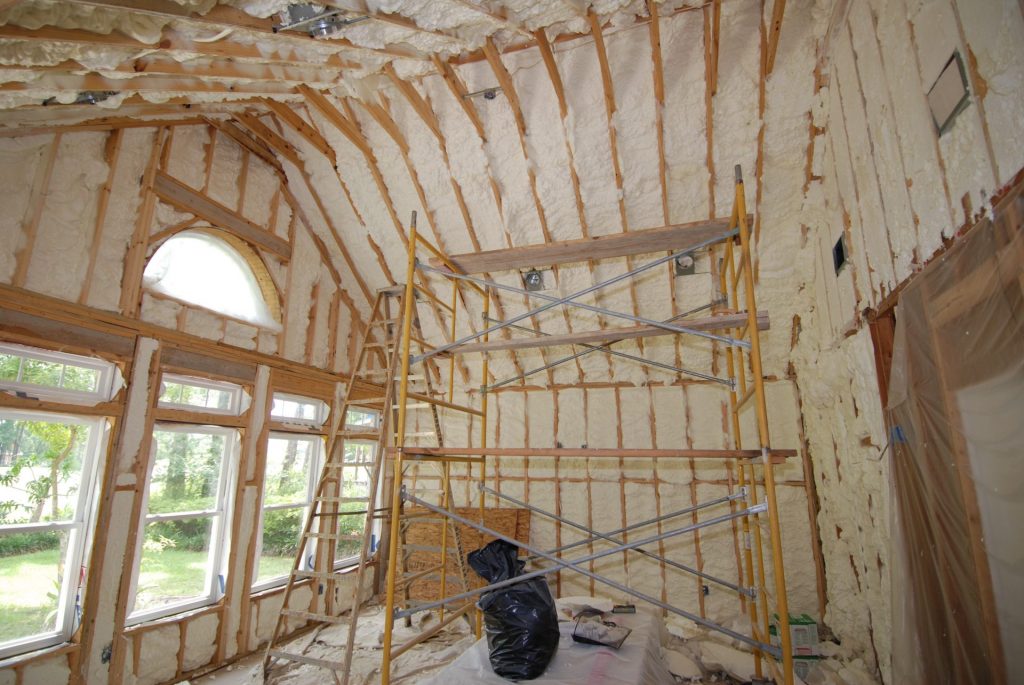
Overview
A construction project entails a long and detailed process in order to arrive at the final product. A construction contract must be legally abiding complete with the names, signatures, and addresses of the people involved. It should clearly show the scope of work including the schedule. In addition to that, the construction has to be executed within the confines of the law as prescribed by the national and local authorities.
With such an ambitious undertaking, it goes without saying that one needs a significant number of employees, contractors, and as far as possible, consultants. Most of the Americans are aware about the construction manager (otherwise known as the general contractor).
However, not many Americans are aware of what owner’s representation mean. This article will guide you on the position of an owner’s representation, the roles, the scope, and the mandate.
What is Owner’s Representation when it comes to Construction Management?
The terminology of an owner’s representative is subject to different interpretations, confusing, and could be miss-understood. The definition of an owner’s representative is fluid across different jurisdictions. Again, many readers are going to have different meanings on who an owner’s rep is.
Whereas there is no consensus so far, professionals have made an effort to give the definition. An owner’s representative is a professional who is hired by the owner in order to protect and advance the interest of the owner. Put differently, an owner’s representative is a person or group of persons, hired by the owner, in order to execute a specific construction project. Such a professional has the trust and confidence that enables him to represent the owner.
An owner’s representative has been likened to a conductor guiding an orchestra. Somebody has to think about how the parts can be coordinated in order to fit the whole, and thereby, realize a highly polished end product. Each party is assigned a role to execute, and there is no duplication of roles.
Most owners assume that this is a position they can assume and execute its roles. Whereas this is possible, it is not going to be done in the best way possible. Again, the owner may have very little knowledge on the construction industry, perhaps relying on the internet and relations in order to make decisions. By all means, one should consider hiring an owner’s representative.
Roles and Responsibilities of an Owner’s Representative
The modern owner’s rep is offering more services on behalf of the owner, and this comes with more risks and liabilities. However, at the minimum, the owner’s rep should carry the following functions:
-Provision of consultation as well as advice as pertains to the scope, value, cost estimating, and respecting the design and the construction
-Selection and negotiation of the contract
-Preparation of the desired schedules
-Maintenance of the control standards
-Project evaluation .

Benefits of an Owner’s Representative
There are various benefits of hiring an owner’s representative. To start with, an owner’s representative is involved in overseeing the operations as described by the owner. This starts from the planning of the project and ends at the stage of occupancy. In addition to that, the owner’s representative plays a critical role in the coordination of the entire team. It could be said that he or she applies an oversight role as opposed to a management role. He is responsible for identifying the complex or little details that could compromise the quality of the project.
The owner’s representative plays a critical role in controlling a cost over-run of the project. Research shows that its only a meager 31 % of the American construction project that come close to the planned budget in the first place, and only a meager 10 % come close to the original deadline that was intended in the first place.
There are various ways of cutting down on the cost of a construction project, and the owner’s rep can help you in that. As a matter of fact, the cost of construction can be reduced, and at the same time, retaining the quality. One way through which one can reduce the construction of the project is through reducing wastage.
In such a scenario then, an owner’s representative comes in handy in controlling the amount of resources consumed and the time taken. However, in some cases, one cannot do much. For example, if a neighborhood experiences flooding, fast-paced construction is going to compromise on the safety of the project. Similarly, construction projects could be interrupted be high-intense political activities, rallies and riots for instance.
What the owner’s representative does is to be innovative and creative on the issues that he has some control of. However, the owner’s rep should not, solely, determine the direction of the project. When working as a team, collaboration is a matter of paramount importance.
During the process of construction, changes are bound to happen, and the project may be steered away from the course. An owner’s representative liaises with the owner of the project in order to approve such changes, and make the necessary modification. In some cases, the representative will have to justify why change is needed. For example, there may be a need to go green in order to contribute to the management of climate change and sustainability. That is an esteemed endeavor, and that can justify changes right in the middle of the project. Similarly, the government may give certain recommendations, and one should not defy the government.
A study that was carried out at the University of Wisconsin noted the important role of the owner’s representative in influencing the overall quality of the project. Because the owner may not have sufficient time to attend to the project, then the owner may delegate such a duty, and hence, the need for an owner’s representative.
The need for representatives is a response to the modern projects which are complex, technical, and multi-faceted. In addition to that, a modern construction project can come with a lot of risk. It is assumed that the professional will have an input in ensuring that the project becomes a success. In addition to that, it helps in bringing in a team which can help in solving complex problems should there be a crisis. For example, the injury of an employee, during the construction project, could slow down the pace of the project. Having a team is important for the project.
The owner should assist the owner’s representative in their work and provide the necessary resources. This is because the owner’s representative can face a lot of challenges at the workplace. It is therefore critical that sufficient time is assigned to the owner’s rep so that he can manage the various challenges facing them.
This article assumes that the owner is under-taking a construction project for private purposes, and it is discussed as such. However, when you are dealing with a construction project geared towards public use, the use of owner’s rep could be a matter of the law. This usually depends on the cost of the project. Again, the government seriously evaluates the safety of construction projects meant for public use. This is because, unlike a home or a small business, such projects are big in size, and upon the completion of the project, they are going to attract a lot of traffic.

General Contractor vs Owner’s Representative: The Difference
The construction manager is concerned with the managerial and logistics component of the project. He is the person responsible for the construction project. He oversees portions of the entire building project. The owner’s rep is, generally, an independent contractor, and oversees the overall project. The owner’s rep is the conduit between the contractor and the owner and facilitates the communication thereon.
There is a difference in the time each professional takes on site. On one hand, general contractor is a highly active professional in the construction project, and he is on site often. As a matter of fact, every day, they ought to be a team on site. On the other hand, an owner’s representative takes a limited role in the project, and may only visit the project only once in a while.
The general contractor is more concerned about the tasks in any given day and not the challenges that are likely to arise in the course of the project. He assumes the fiduciary responsibility of the construction project. Simply put, the general contractor is more visible and takes a more pronounced role in the construction project while the owner’s rep works does not take a prominent construction mandate.
Factor’s to Consider When Hiring an Owner’s Representative
There are several factors that you should consider when choosing an owner’s representative. You should definitely consider the education and the skills of the professional. The professional should have some exposure in the construction industry. Otherwise, he is going to be inadequate in protecting your interest. The best place to source an owner’s representative is contacting the industry expert who is well versed with the field. In addition to that, building associations and boards can help you identify one based on their contacts and past interactions.
It is always good to request for a general interview and take note of critical points and information. For example, during the interview, you can note if the professional is contradicting himself on important matters. At this stage, you can ask about the licensing and the certification, as well as references. It is always important to request for the quote beforehand and check if there is a possibility of hidden fees.
An owner’s representative should possess a set of skills that will enable him to execute his duties in a professional way. These include solid communication skills, team building capabilities, expertise in the specific building, and responsiveness. In addition to that, one should be courteous when communicating with others.
There are two main types of owner’s representative: pro-active and re-active. A pro-active professional is able to anticipate possible challenges and employ the right intervention. A re-active professional acts after the challenge. It is better to choose a pro-active owner’s representative because he is going to save you resources and time.
The timing of hiring matters a lot. Now that this is a position of an owner’s representative, be sure to hire the professional early enough, at the beginning of the project. Through this strategy, you are going to gain insight at the early stages of the project. They are professionals in the field, they are experienced, and therefore, they can predict a problem early. This will help you employ the right intervention early enough.
Approximate Cost
Some owners may find that hiring an owner’s representative is a luxury, and may shy away from hiring one. If you decide to hire one, be sure that you can afford the charges. There are three main ways of paying an owner’s representative:
-Payment in a lump sum
-Hourly rate
-Percentage of the total cost of the project
Whichever option you take, avoid the hourly rate. This is because, in such a compensation plan, work is either going to be rushed or skipped all together. The owner should lay a stronger focus on quality and not time. Again, monitoring an hourly compensation plan is going to stress you in the long run. You are more at peace with a different compensation plan that is less stressful and more work-friendly.
Hiring an owner’s representative comes with a cost. That notwithstanding, the benefits surpass the cost of the project. By hiring an owner’s rep, you are going to delegate your duties to the professional, and by the end of it all, you are going to realize that it is worth it.
Conclusion
A construction project is a steep learning curve, and you should ensure that everything will falls in place. Hiring an owner’s representation company comes with a set of benefits which you can exploit for the sake of your project. Whereas hiring an owner’s representative is not a well-known practice, it is worth it and will lead to optimal outcomes. In fact, they could turn around the fortunes of the project for the better.






